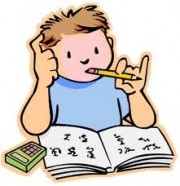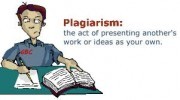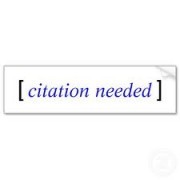What is a citation?
A citation is a reference to the sources of the idea, information or image that you have used. A citation usually includes identifying information such as author, titles, publication format and date. This allows your reader to access the original source.
Why do we cite our sources?
Citing the sources you use in your research gives credit to original source. Citing is a way of sharing information, letting your readers knows where you accessed your information. Students who cite also set an example of integrity and skill as a responsible student. Citing your sources prevents plagiarism.
Types of citation
There are various ways to cite your information. The most popular methods are MLA (Modern Language Association), APA (American Psychological Association) and Chicago. Other methods include Harvard, Turabian, Oxford, Bluebook and Vancouver system.
When do I need to cite my sources?
- When you use a direct quote of more than one word.
- Paraphrasing or summarizing someone else's ideas or work.
- Information that may be common knowledge but may be unfamiliar to your reader.
- If you are wondering about citing, err on the side of caution and cite!
What types of materials need to be cited?
- Books
- Articles (from print sources or from online article databases)
- Interviews
- E-mail or any other correspondence
- Web pages
- Government documents
- Non-print media (videotapes, audiotapes, pictures and images)
- Software or any digital formats
So how do we cite?
See the following link for information:
Purdue Online Writing Lab (OWL)



